

Ours is a projective discipline. As designers we trade not only in descriptions of the world as it is, but also in the extension of patterns we find there into worlds that might be. As we operate within a global culture invested in objectivity, still shaking the positivist impulse that characterized periods of the twentieth century, the representational material we trade in favors the quantitative. Operating in this context, despite the speculative nature of our discipline, it is easy to overlook the authored nature of quantitative descriptions and processes, and easy to lose sight of the weight and authoritative tone that data carries. When approaching this course of study that coalesces around the multiple agencies that support and are supported by quantification, we must talk about data differently. As a way of keeping in mind the agency we have chosen to invest in quantitative descriptions, we think about data, about data-driven processes, and about the human actors that tend to this data, in a way that grants each party equal agency. Adopting such a position, we may further infer:
With this authored nature of data in mind, this short exercise offers an opportunity to immediately author urban data through subjective observation and crowd-sourced survey techniques. A graphic representation, an image of the city of San Francisco presented as a 'mapping' as defined by James Corner, is produced. Two texts guide us in this effort, the first by James Corner and the Second by Kevin Lynch.
"It is generally assumed that if the survey is quantitative, objective and rational, it is also true and neutral... [in fact] maps are highly artificial and fallible constructions, virtual abstractions that possess great force in terms of how people see and act" - James Corner, The Agency of Mapping
"In the process of way-finding, the strategic link is the environmental image, the generalized mental picture of the exterior physical world that is held by an individual." - Kevin Lynch, Image of the City
Distinguishing mapping from tracing, Corner asserts that the former is less a representational act and more a cultural project, creating and building the world as much as measuring and describing it. The function of mapping is less to mirror reality than to engender the reshaping of worlds in which people live. Where Corner positions mapping as a creative act, Kevin Lynch offers the canonical text on the mechanics of the mental imaging of cities. The result of a five-year study on how observers apprehend spatial information in the city, this text offers the following five basic elements constituting mental maps:
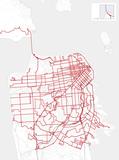
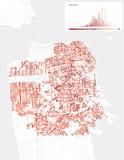
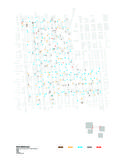
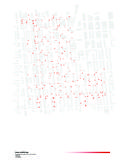
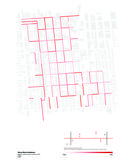
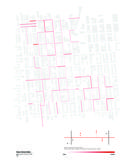
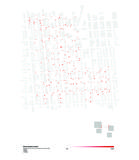
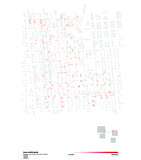
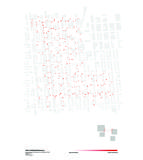
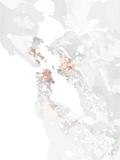
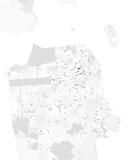
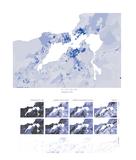


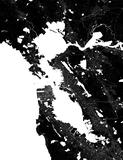
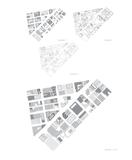
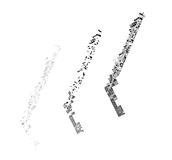
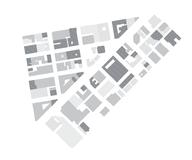
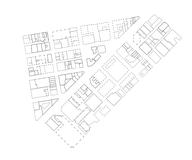
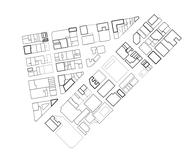
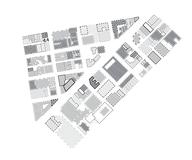



There's more!
Some other projects from this same class have been posted, as well as some interesting student work from this same year.